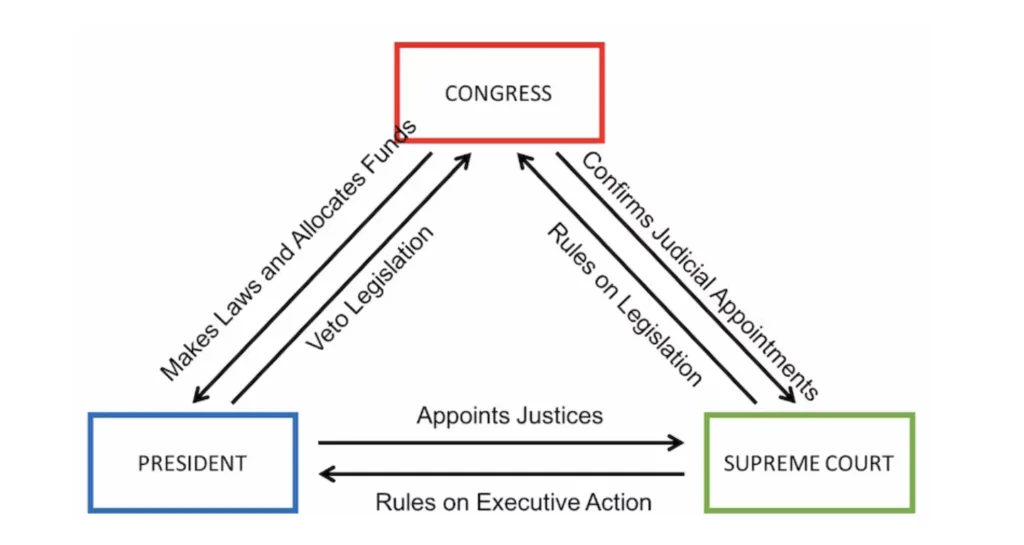The Cost, Features, and Market Growth of a Tinder Clone App
Learn about the cost, essential features, and market growth of building a Tinder clone app. Discover key insights for success in online dating apps.

The online dating industry has witnessed remarkable transformation in the last decade, with platforms like Tinder leading the way. Tinder revolutionized the concept of digital dating, offering a quick, easy-to-use interface that allowed people to meet potential partners with just a swipe. This success inspired many entrepreneurs to look into building their own dating apps. For many, the easiest route is to create a Tinder clone app.
A Tinder clone is essentially a replica of the original Tinder app, often designed to offer similar features with some added customizations based on the target audience. If you are considering launching a Tinder clone app or simply want to know more about how much it costs, what features are essential, and how the market is growing for these types of apps, you're in the right place. Let’s take a closer look.
What Makes a Tinder Clone App Stand Out?
A Tinder clone app is not just a copy of the original Tinder but a platform designed to replicate the core functionalities while giving room for certain enhancements or niche additions. Below are some of the key features commonly found in Tinder clone apps:
1. User Profile Creation
Users need to create a personal profile to get started. In a Tinder clone, users can fill in details such as name, age, gender, preferences, and upload photos. Most apps also offer a bio section where users can write a brief description about themselves.
2. Geolocation Integration
Since Tinder thrives on the concept of location-based matching, geolocation services are a core feature in a Tinder clone. The app uses GPS to identify users’ locations, allowing them to connect with others in close proximity. This feature is crucial for ensuring relevant connections.
3. Swipe Functionality
The signature swipe mechanism of Tinder is one of the key elements in a clone app. Users can swipe right if they’re interested in someone and left if they aren’t. The swipe feature simplifies the user experience, making the app engaging and intuitive.
4. Matching Algorithm
Once two users swipe right on each other's profiles, a match is formed. The app's algorithm plays a crucial role in recommending profiles to users based on their preferences, activities, and interactions. Many clones use similar algorithms, but they can be customized to cater to specific niches.
5. Messaging System
After two users match, they can start chatting through the app’s messaging system. A Tinder clone usually includes a real-time chat function that allows users to interact privately. Some clone apps may also add video chat functionality.
6. Push Notifications
Push notifications keep users engaged by alerting them about new matches, messages, and other activities. A Tinder clone must integrate these notifications to ensure that users stay active and return to the app regularly.
7. Subscription Model
Like Tinder, a clone app typically offers premium features through a subscription model. Users can pay for additional features such as unlimited swipes, seeing who liked them, accessing more matches, or enhancing their profile visibility.
8. Admin Dashboard
For the developers or app owners, an admin dashboard is crucial for managing users, reviewing reports, and analyzing app performance. This feature is essential for monitoring activity, ensuring a smooth user experience, and making improvements when necessary.
9. Security Features
Security is a high priority in dating apps due to the sensitive nature of the information shared by users. Implementing security features such as data encryption, two-factor authentication, and account verification can help build trust and keep user data safe.
Key Costs Involved in Developing a Tinder Clone App
Building a Tinder clone app involves a significant financial commitment. The cost can vary greatly depending on factors such as the features you want to include, the platforms (iOS, Android, or both), and the development team you hire. Let’s break down the costs:
1. App Development (Design & Development)
One of the most significant expenses in creating a Tinder clone app is the cost of development. App development is a multi-phase process involving planning, design, coding, and testing.
- UI/UX Design: A user-friendly interface and engaging design are crucial for retaining users. A custom UI/UX design typically costs between $5,000 and $15,000, depending on the complexity.
- Backend Development: The backend handles user data, app functionality, and interaction. Developing a strong backend can cost between $10,000 and $30,000.
- Frontend Development: This is where the app’s core functionality is built. A Tinder clone will require both frontend and backend developers, with costs ranging from $20,000 to $50,000 for a basic version.
2. Technology Stack
The technology stack for building a Tinder clone can include a combination of languages, frameworks, and libraries such as:
- Frontend: React Native, Swift (for iOS), Kotlin (for Android).
- Backend: Node.js, Python (Django), Ruby on Rails, or Java (Spring).
- Database: MongoDB, PostgreSQL, MySQL, or Firebase.
- Other tools: AWS or Google Cloud for hosting, push notifications, and geolocation services.
The technology choice affects both development time and cost. The more advanced and robust the technology stack, the higher the costs.
3. Testing
Testing ensures that the app is bug-free and functions as expected. The cost of testing can vary depending on the number of devices, platforms, and functionalities being tested. Testing typically costs between $5,000 and $15,000.
4. Maintenance and Updates
After the app is launched, ongoing maintenance is necessary to ensure it remains secure and functional. This can include bug fixes, performance improvements, and adding new features. The average cost for app maintenance is around 15%-20% of the initial development cost per year.
5. Marketing and Launch
Launching an app successfully requires effective marketing strategies. You may need to allocate a budget for paid advertising, influencer partnerships, and app store optimization (ASO). Marketing costs for a Tinder clone app can range from $10,000 to $50,000, depending on your strategy.
6. Other Costs
There are additional costs associated with things like app store fees, payment gateways, and legal expenses (e.g., privacy policies, terms of service, and intellectual property protection).
Estimation of Total Development Cost
The total cost of building a Tinder clone app can range anywhere from $40,000 to $100,000 for a basic version. For a more advanced version with premium features, a more comprehensive marketing plan, and continuous updates, this number could rise to $150,000 or more.
Market Growth of Tinder Clone Apps
The market for Tinder clone apps is experiencing steady growth, driven by the increasing demand for online dating platforms. More and more people around the world are turning to digital platforms for romance, friendships, and networking. Here are some key trends contributing to the growth of Tinder clone apps:
1. Rise of Online Dating
Online dating has seen exponential growth over the past decade. According to Statista, the number of online dating users worldwide is expected to reach over 300 million by 2025. The convenience and accessibility of digital dating platforms make them popular among a wide range of demographics, especially in urban areas.
2. Increased Smartphone Usage
With the rise in smartphone adoption and internet penetration, users from all age groups are increasingly turning to mobile apps for various purposes, including dating. In fact, mobile apps are now the primary channel for online dating, which increases the demand for Tinder clones as businesses see the potential in replicating Tinder’s business model.
3. Cultural Shifts
Changing cultural norms around relationships and dating are further fueling the growth of online dating apps. Younger generations are more comfortable meeting people online, and some even prefer it. This trend creates a large market for niche dating apps, including those similar to Tinder.
4. Technological Advancements
With advancements in technology such as machine learning and artificial intelligence, Tinder clone apps can offer more sophisticated matchmaking systems. This makes them more appealing to users who seek better compatibility and more relevant matches.
5. Monetization Opportunities
Tinder clone apps offer multiple ways to generate revenue. The most common model is through premium subscriptions, which provide users with enhanced features. Additionally, in-app purchases, such as paid boosts for better visibility, can further increase monetization potential. The average revenue for dating apps has been growing steadily, which is a positive indicator for app developers.
6. Niche Markets
While Tinder caters to a broad audience, there’s a growing trend of niche dating apps. Tinder clone apps can cater to specific groups such as professionals, people with similar hobbies or interests, or even geographic regions. This expansion into niche markets is contributing to the wider adoption of these apps.
Conclusion
Tinder clone apps offer a viable business opportunity for entrepreneurs looking to tap into the lucrative online dating industry. While the initial investment required for developing such apps can be significant, the potential for growth in the market is equally promising. By focusing on essential features such as user profiles, swiping functionality, geolocation, messaging, and secure transactions, you can create an app that meets the needs of users. With the right marketing strategy, niche focus, and monetization model, a Tinder clone app has the potential to succeed in the rapidly growing online dating sector.
What's Your Reaction?





















